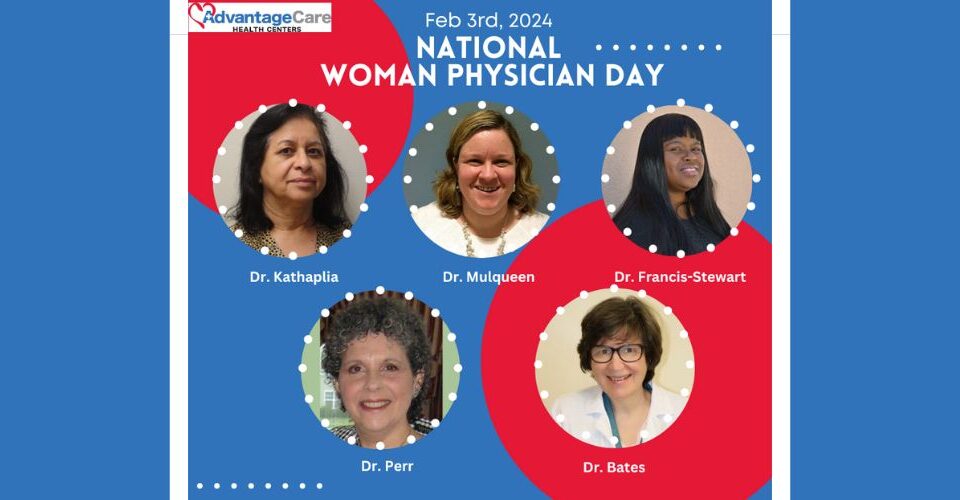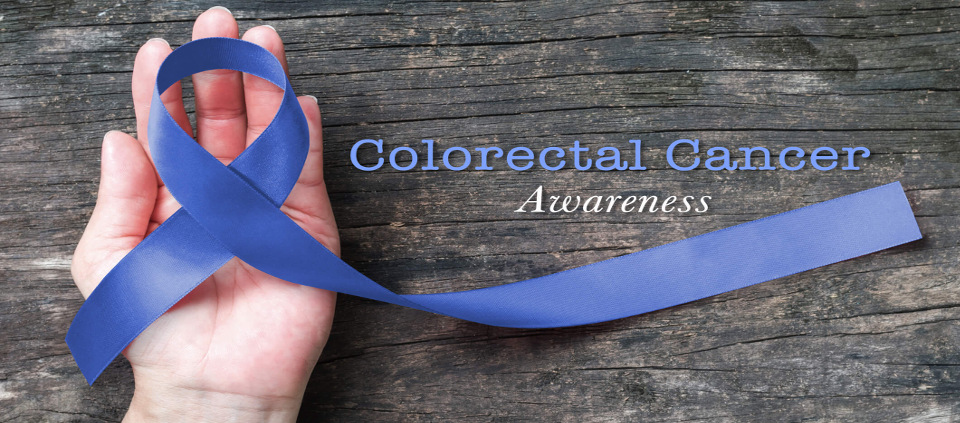
Colorectal Cancer Awareness Month Emphasizes Early Detection
March 8, 2019
Autism Support Tips and Services for Parents and Families
April 16, 2019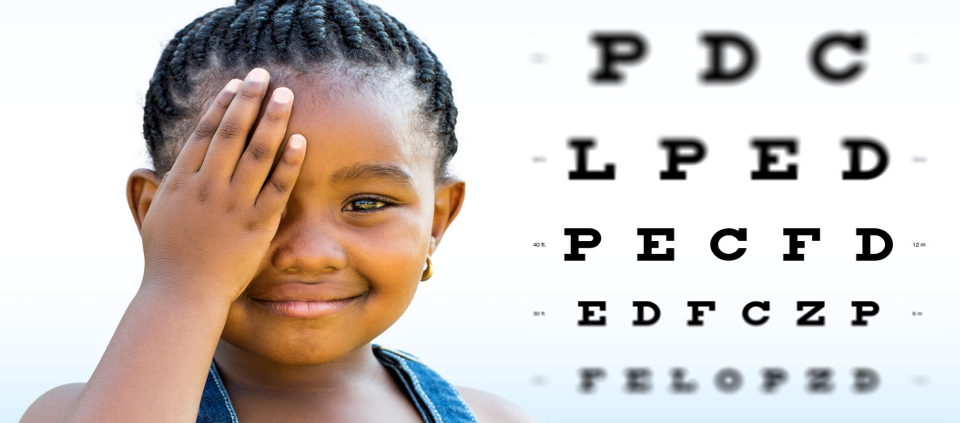
Did you know that Amblyopia, or lazy eye, is the number one cause of vision loss in children in the United States? But, this common disorder is highly treatable. In fact, 80 percent of all visual impairment can be prevented or even cured if it is diagnosed early. This March, Advantage Care Health Centers urges parents to recognize Save Your Vision Month by taking their child to get a vision screening.
Help your Child See Clearly
Just like it’s important to schedule well child visits, children need to have eye exams to ensure healthy vision. These basic screenings can make a big difference in how your child sees the world. Early detection and prompt care is known to be the best way to prevent the needless loss of vision in children.
About one in 20 children will have a serious eye problem that requires treatment. Unfortunately, less than 15 percent of preschool children get an eye exam and less than 22 percent receive a vision screening.
Childhood eye exams and vision screenings are crucial to preventive medicine, because they can reveal current and potential vision issues at an early stage. If certain eye problems, like lazy eye, go undiagnosed, they could potentially cause bigger problems later in life or even result in loss of vision.
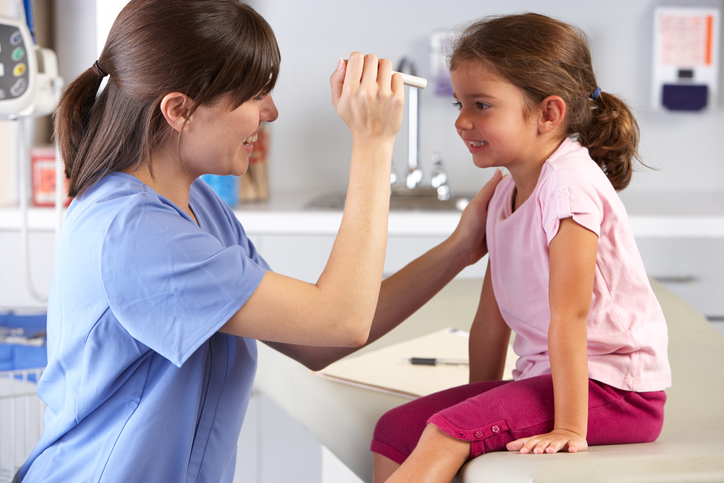
When to See a Pediatrician
There are several key factors that may determine when and how often your child will need to see a pediatrician, such as age, health and risk of developing vision problems.
12 Months
According to the American Academy of Pediatrics (AAP), young children should begin to receive vision screenings at 12 months of age. These exams can be as important as checking height and weight, oral health or vaccinations.
Early Childhood
Children under three years old should be checked by a pediatrician for issues, including:
- Lazy eye
- Crossed eyes
- Misaligned eyes
If you have concerns or your child is having symptoms, you can schedule an appointment at any time. More comprehensive eye exams are recommended between the ages of three and five years old.
School-Age Children and Adolescents
The Mayo Clinic recommends that children have their vision checked before they enter the first grade. If there are no symptoms, problems or family history, vision should be rechecked every one or two years. As always, consult your physician before making any decisions.
Signs and Symptoms of Childhood Vision Problems
Eye problems in children can start slowly and develop over time. This month and every month, parents should be aware of the signs and symptoms of childhood vision problems, including:
- White pupils
- Large cornea in one or both eyes
- Eyelid(s) swelling shut
- Eyes don’t line up
- Blurry vision
- Prolonged redness of the eyes
If left untreated, issues like these could lead to more serious problems.
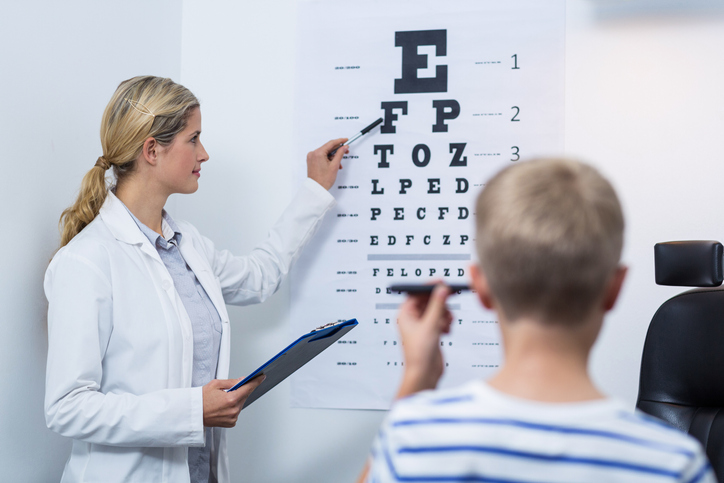
Visit us Today
This March, save your child’s vision. See your pediatrician.
Advantage Care Health Centers provides eye exams and vision screenings for children. Our team of caring, compassionate medical professionals makes our patients feel comfortable and safe in every visit. If you would like to learn more about how we can help your child, request an appointment today.



